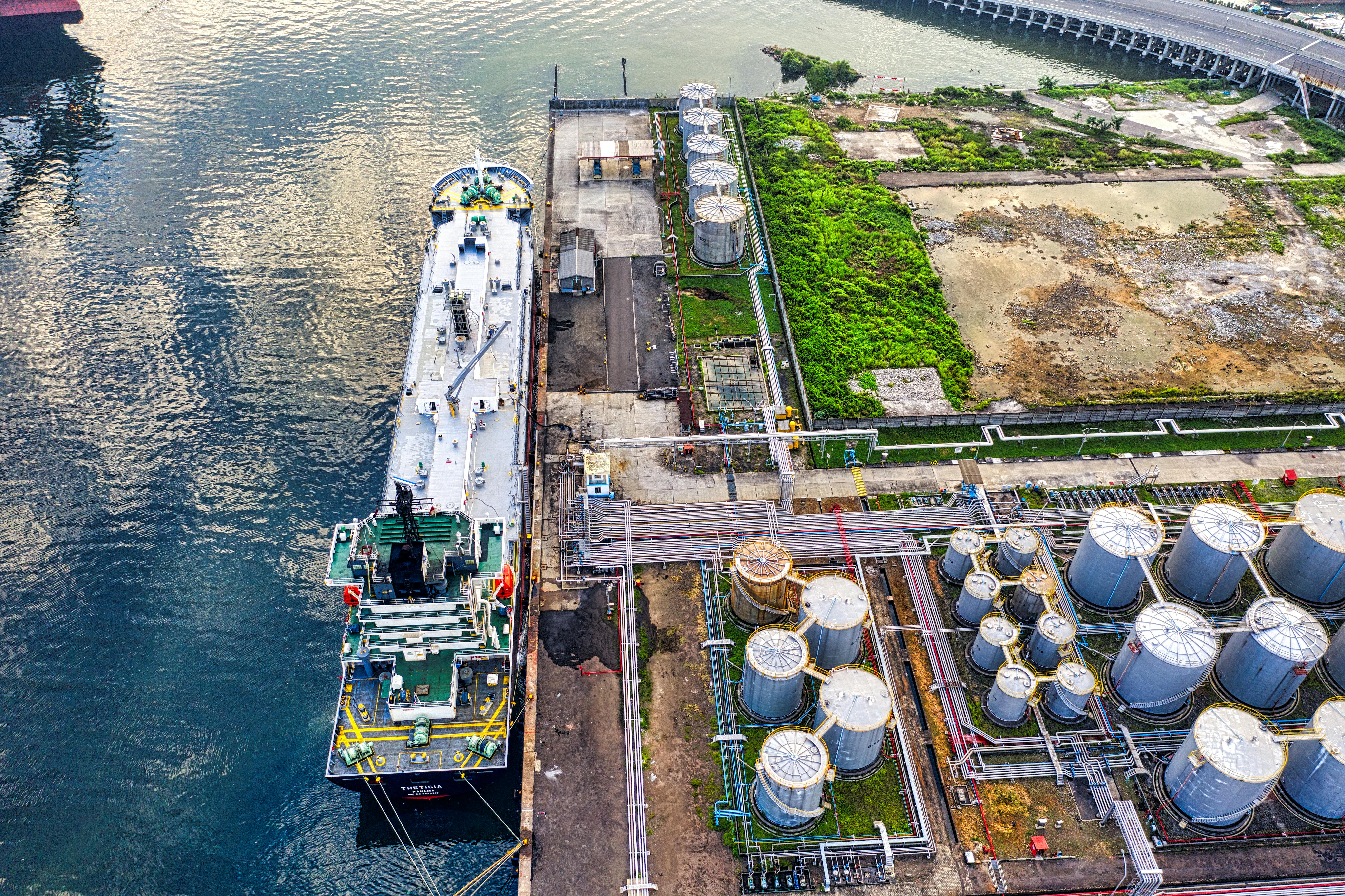
Calculating the Maximum Allowable Operating Pressure (MAOP) of a pipeline is one of the most critical tasks in ensuring pipeline safety and regulatory compliance. Yet, errors in this calculation can lead to unsafe operating conditions, regulatory penalties, or excessive conservatism that reduces operational efficiency.
In this post, we’ll cover the most common pitfalls in MAOP determination — and how to avoid them.
⚠️ 1️⃣ Neglecting to Account for Corrosion or Wall Loss
One of the biggest mistakes is using nominal wall thickness rather than accounting for:
- Measured wall loss due to corrosion or erosion
- Manufacturing tolerances
💡 Tip: Always use the actual remaining wall thickness from the most recent inspection, or apply conservative allowances when data is uncertain.
⚠️ 2️⃣ Misapplying Design Code Factors
Different design codes (e.g., ASME B31.4, ASME B31.8, ISO 13623) specify different safety factors, joint efficiency factors, and material strength values.
💡 Tip: Clearly identify which code governs your pipeline and ensure that all factors align with that code’s requirements.
⚠️ 3️⃣ Ignoring Seam or Weld Type
Seamless vs. welded pipe, and the type of weld, can significantly impact allowable stress and joint factor values. Applying the wrong factor can result in an inaccurate MAOP.
💡 Tip: Document and verify pipe seam type and quality during design reviews or integrity digs.
⚠️ 4️⃣ Overlooking Pressure Test Data
Pressure test data often provides an alternative basis for establishing MAOP but is sometimes omitted or misapplied in the calculation.
💡 Tip: Use valid hydrotest data where appropriate, and apply the correct safety margins as per the governing code.
🛠️ How to Avoid These Errors
✅ Use tools like our Pipeline MAOP Calculator to standardize and cross-check calculations against design codes.
✅ Keep documentation organized — including material specs, inspection reports, and test data.
✅ Include corrosion and defect assessments in the MAOP validation process.
🔗 Related Tools to Support MAOP Validation
Accurate MAOP calculations are a cornerstone of safe pipeline operations. By avoiding these common mistakes and using the right tools, you can improve compliance, safety, and operational confidence.